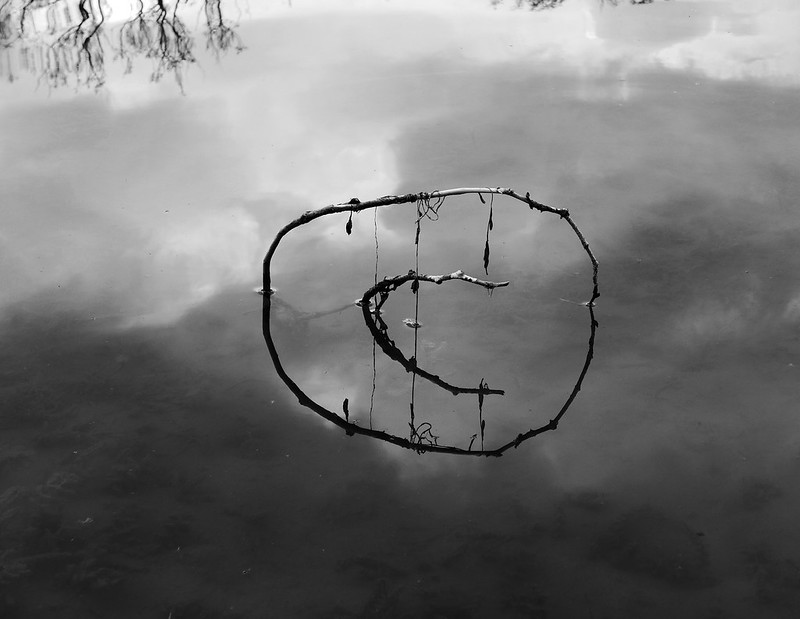Universities are increasingly receiving copyright infringement notifications from photographers and their representatives. This blog post provides advice on how to avoid receiving an unexpected demand for licence fees.
It’s been a while since I’ve written a post on this blog, but that doesn’t mean that there hasn’t been a lot of copyright literacy related activity at Kent. One of the most pressing copyright issues that has arisen recently across the education sector is the number of claims received from picture agencies demanding licence fees for the unauthorised use of their clients’ photographs on institutional websites. This includes use of a stringent termination mechanism in the 2.0 version of Creative Commons licences which has caught many people out. This post provides an overview of what can happen when you don’t take care in selecting and posting images online, and what you can do to avoid receiving an infringement notification.
Copyright and photographs online: the basics
As per the updated copyright guidance we published last year, photographs are protected by copyright. This means the copyright owner (usually the photographer themselves, but potentially an employer or a commissioning organisation) has the exclusive right to do or authorise certain activities with their photographs, such as copying them or communicating them to the public. It is only legal to post photographs online if you have the permission of the copyright holder, or if your use is covered by an exception to copyright such as ‘quotation’ or ‘illustration for instruction’. If you use someone else’s photograph without the copyright owner’s permission, and the use is not covered by an exception, then you will have infringed copyright. Infringement of copyright means that both you and the University may be liable in the event of legal action so it’s important to follow a few simple steps to avoid this.
Finding and using licensed content
We all want to find engaging images to use on our blogs and web pages and we have information on finding and sharing content online as well as guidance on how to find and attribute images online. The attribution guidance explains how to use the following types of content:
One of the key messages here is to always provide a credit to the photographer unless you are certain that no attribution is required. This principle also applies to use of images in teaching where copyright exceptions might apply. For example, the exception covering ‘illustration for instruction‘ only applies if the author or creator of a copyright work is acknowledged unless this is ‘impossible for reasons of practicality or otherwise’. And even in cases where no attribution is required we recommend that you do where possible.
Attribution is also one of the fundamental elements of the Creative Commons licences which allow people to share content freely online. All Wikipedia content is published under a Creative Commons licence as are millions of Flickr photos. It is also the most widely used set of licences for open access publishing.
The issue with Creative Commons Attribution 2.0 licences
We have experienced a number of people getting caught out by photographers using older versions of the Creative Commons Attribution licence which has very strict attribution requirements. As reported in a recent Computer Weekly article some photographers have developed a business model that involves seeding large amounts of Creative Commons Attribution 2.0 licensed images on platforms like Flickr, and then using automated image recognition tools to identify where these are being used without attribution. Older versions of the licence are specifically chosen because, unlike 4.0 version of the licence, they do not have a provision to ‘cure’ any failure to comply with the attribution requirements. The photographer or their agent then contacts the organisation or individual responsible for the website demanding a licence fee payment. The amounts demanded are usually between £600 and £1000 and appear to be calculated to be just low enough to make getting legal representation unaffordable, but high enough to make it worthwhile for an agency to pursue those who have used images without attribution.
I recently organised an event with other copyright specialists in the sector to discuss this issue and we were joined by representatives from Creative Commons. Whilst Creative Commons note that the business model above is not in the spirit of the licensing scheme, they are not able to intervene in disputes between copyright owners and users of their works. They are currently working with their partners and others to create a statement of principles about licensing enforcement to influence community behaviour. They are also working on updated guidance on how to attribute photos appropriately, and I am working with others in the UK HE sector to develop further guidance on the implications of this for online learning.
In the meantime I would advise that you always provide attribution for any images you use online, and be careful when using images licensed with CC BY 1.0, 2.0 or 3.0 licences. And if you are contacted by someone claiming payment for copyright infringement please contact copyright@kent.ac.uk.

